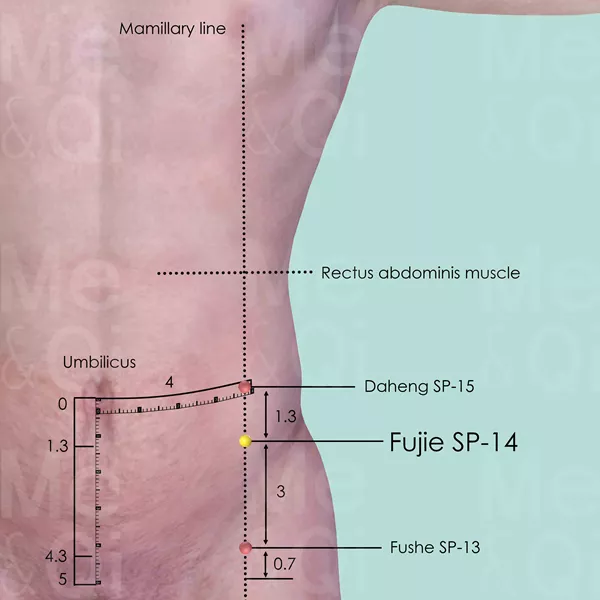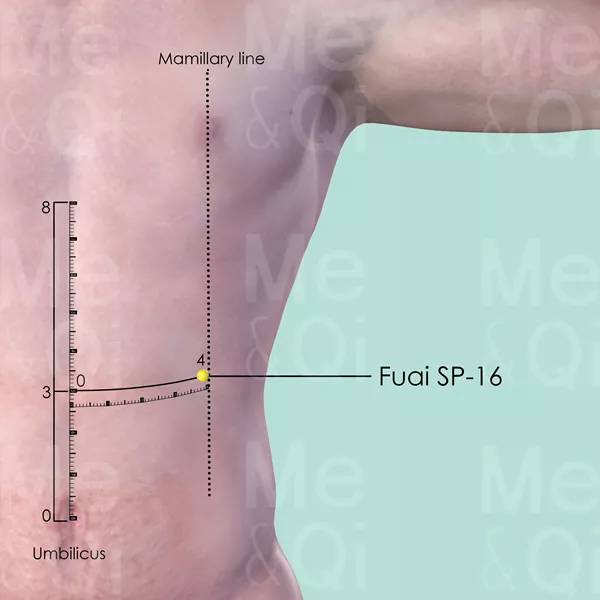Periumbilical Painaccording to TCM
Symptom family: Lower Abdominal Pain and Discomfort
Parent symptom: Lower Abdominal Pain
Did you mean? Umbilical Pain
What is Periumbilical Pain?
Periumbilical pain refers to discomfort located around the navel or belly button, a common symptom that can vary from mild to severe. This type of pain is often indicative of issues within the abdomen that may involve the intestines, appendix, or even systems beyond the digestive tract. The nature of the pain, whether sharp, dull, intermittent, or constant, and its associated symptoms can help pinpoint the underlying cause. Recognizing and accurately describing this pain is crucial for diagnosis and effective treatment, making it a key symptom for both patients and healthcare providers to understand.
How does TCM view Periumbilical Pain?
In Traditional Chinese Medicine (TCM), periumbilical pain is viewed through the lens of energetic imbalances and disharmonies within the body. Unlike Western medicine, which often localizes the problem to a specific organ or pathology, TCM considers this type of pain as a symptom of broader issues such as Qi Stagnation, Dampness, or Cold affecting the middle Jiao (the central part of the body).
Identifying the underlying pattern of disharmony is fundamental in TCM, as it guides the practitioner to the most appropriate and personalized treatment strategy, aiming to restore balance and alleviate pain at its source.
Acupoints for Periumbilical Pain
For the treatment of periumbilical pain, TCM recommends targeting specific acupoints along the Spleen Channel that are known to regulate the intestines and warm the Lower Burner. Fuai SP-16 and Fujie SP-14 are two such acupoints. Located near the belly button, these points play a pivotal role in addressing the energetic imbalances that can lead to abdominal discomfort. SP-16 is situated 3 cun above the umbilicus center, effectively regulating the intestines and thus directly influencing periumbilical pain.
SP-14 lies slightly lower, with a focus on warming the Lower Burner and subduing Rebellious Qi, offering relief from discomfort through the regulation of Qi flow. Together, these acupoints exemplify the TCM approach of harmonizing the body's internal energies to treat symptoms, providing a targeted strategy for alleviating periumbilical pain.
Explore below some acupoints used to address periumbilical pain, organized by meridian.
- By Meridian
- Spleen Channel

Fujie SP-14
On the mamillary line which is 4 cun lateral to the anterior midline. 3 cun above Fushe SP-13, 1.3 cun below Daheng SP-15, on the lateral side of rectus abdominis muscle.

Fuai SP-16
3 cun above the umbilicus center and 4 cun lateral to the anterior midline, on the mamillary line.
